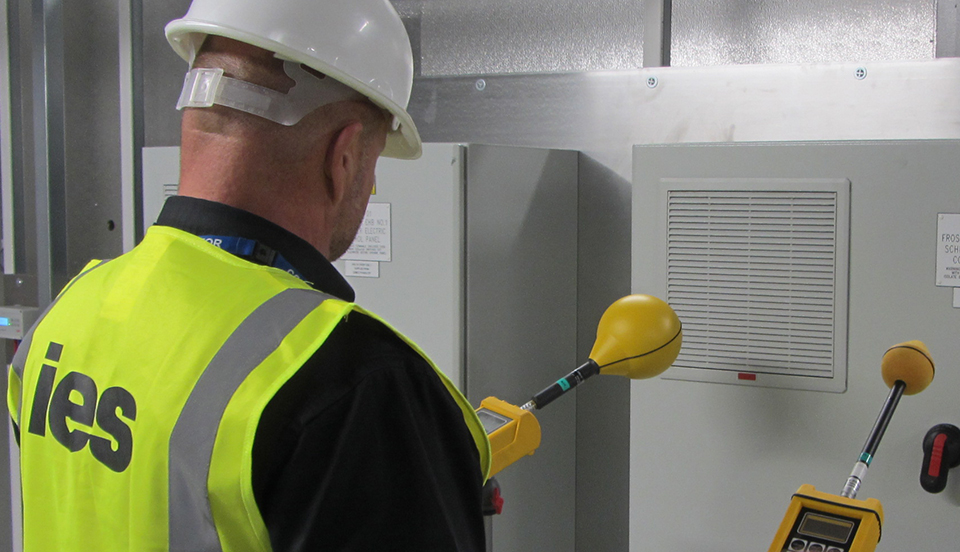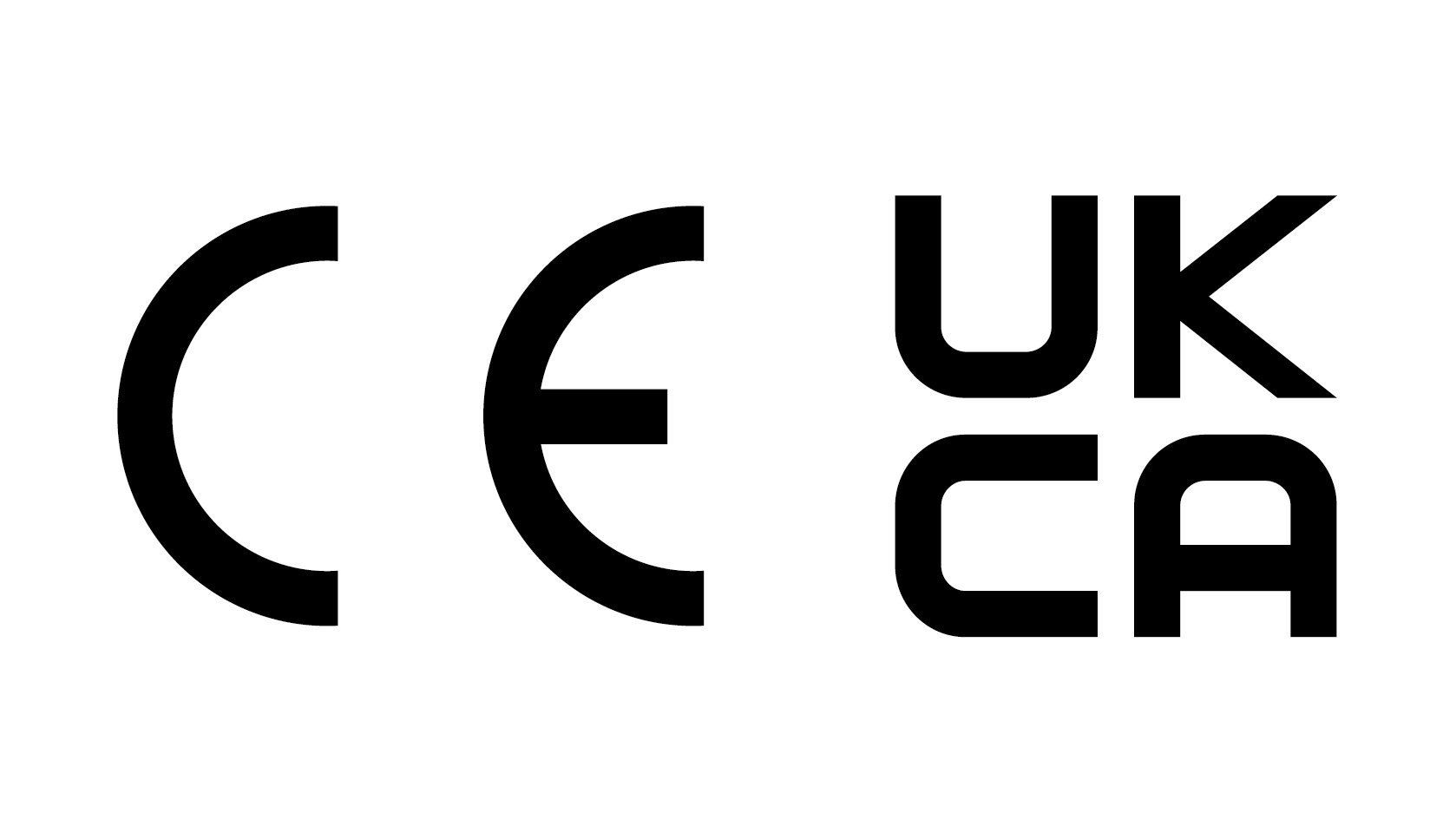How to Achieve UKCA Compliance in 5 Steps
Are you a manufacturer looking to supply a product, equipment or piece of machinery to markets in Great Britain (England, Wales and Scotland)?
We're actively recruiting for a range of roles across sales, engineering, IT and warehouse. Check our careers page to see open positions including apprenticeships.

Whether you’re moving a single piece of equipment or an entire production line, our trusted team of engineers can support every step of your move, from rigging to end-to-end relocation support across the globe.

4 min read
Admin Apr 17, 2018 11:03:00 AM
Table of Contents
If you operate a manufacturing site that uses high current or high voltage applications, you must take electromagnetic fields (EMFs) seriously.
EMFs are invisible energy waves generated whenever electric current flows. In manufacturing environments, especially those involving high voltage, high current, or radiofrequency (RF) equipment, EMF exposure is a serious safety consideration.
While often overlooked, EMF can pose a health risk to workers, especially in areas where powerful machines like RF welders, motors, or plasma systems are in use. That’s why it’s essential to monitor and control exposure levels on-site.
In the UK, the Control of Electromagnetic Fields at Work (CEMFAW) Regulations 2016 continue to govern workplace EMF exposure. These rules mirror the EU Directive 2013/35/EU.
In this guide, you’ll find a complete overview of what EMFs are, why they matter, what the regulations require, and how to test for and mitigate EMF exposure risks in line with UK workplace safety law.
Read the full CEMFAW Regulations here.
EMFs arise whenever electric current flows through a conductor or device. In manufacturing, this typically means equipment such as:
There are two main categories of EMFs in industrial environments:
Unlike visible hazards such as moving machinery or sparks, EMFs are silent and invisible, making them difficult to detect. However, they can still affect the human body, especially at high exposure levels or over long periods.
Workers exposed to EMFs face a range of potential health risks. However, the effects of exposure depend on the frequency range and EMF intensity.
The CEMFAW regulations outline a range of effects that are likely to occur at specified field and frequency ranges:
According to the International Commission on Non-Ionising Radiation Protection (ICNIRP)’s most recent guidelines, thermal injury is the primary established hazard of high-frequency EMF exposure.
When workers absorb too much electromagnetic energy (particularly at radiofrequency levels), it can cause the body or localised areas to overheat, leading to tissue damage or burns.
As an employer, you must not only assess exposure levels and enforce protective limits, but also consider the hidden biological and thermal risks that could impact workers’ health and performance.
In the UK, workplace EMF exposure is regulated by the Control of Electromagnetic Fields at Work (CEMFAW) Regulations 2016, enforced by The Health and Safety Executive (HSE). These regulations also mirror the EU Directive 2013/35/EU.
While compliance is mandatory, enforcement tends to follow complaints, health concerns, or safety audits, making proactive assessment all the more important.
Failing to comply with these regulations can lead to a range of consequences, from improvement notices and fees for intervention to prosecutions.
The International Commission of Non-Ionising Radiation Protection (ICNIRP) is also used as a guide for safe working levels.
Manufacturers and suppliers are responsible for ensuring that any equipment they provide is safe and includes appropriate information about EMF or radiation risks. This should be included in the technical documentation and user instructions.
If you're using legacy machinery, it's good practice to compare it with newer models for which EMF emission data is available. This can help you assess potential exposure levels and determine whether further information or mitigation is needed.
If in doubt, consult your equipment supplier to help inform your EMF risk assessment and ensure your workplace remains compliant.
Because EMF exposure varies across sites and even within zones of the same building, you must assess and monitor these fields carefully. And EMF testing is the only way to know where you stand.
Under the CEMFAW regulations, manufacturers are obligated to carry out EMF testing to confirm EMF exposure levels and ensure that they are below the exposure limit values (ELVs). If they are not below ELVs, they must take action, such as redesigning processes, introducing shielding, or providing training.
Recently, the Health and Safety Executive (HSE) has also urged manufacturers to take a more proactive approach to EMF compliance, encouraging manufacturing businesses to:
We’d also recommend putting together internal communication strategies to inform employees of any EMF risks and measures being taken to remove them, and provide health surveillance or medical examinations when necessary.
HSE advises that, in most cases, you can carry out a suitable and sufficient EMF assessment without needing a consultant.
For many workplaces, referring to official guidance (such as the Guide to the Control of Electromagnetic Fields at Work Regulations) is enough to show that exposure remains below the legal limits (ELVs).
Measurements or calculations are typically only required if you use high-powered equipment or large currents, and existing data is not enough to confirm compliance with the health-related ELVs.
If you’re going to conduct a formal EMF site survey, you must do so using calibrated measurement tools. A compliant assessment will typically:
If levels are above action thresholds, further steps may include:
All findings should be documented in an EMF Risk Assessment and supported by a mitigation plan if necessary.
Not directly.
However, equipment that emits electromagnetic fields (EMFs) might also fall under one or more of the following directives:
Under these directives, you may need to consider EMF emissions and related safety measures as part of your overall risk assessment and technical documentation.
There are a multitude of ways in which potential EMF risks can be raised in a manufacturing environment.
We help high-technology manufacturers across the UK to locate and assess EMF exposure, whether that involves specific pieces of equipment or entire production environments.
Our start-to-finish service covers the entire EMF testing process, from locating and measuring exposure to providing detailed test reports and remedial solutions for non-compliance.
Head to our EMF testing page to find out more about how we can help.
Stay up to date with the latest news and resources from our experts.

Are you a manufacturer looking to supply a product, equipment or piece of machinery to markets in Great Britain (England, Wales and Scotland)?

Product marking is crucial for retaining market access, adhering to local legal requirements and offering safety and quality assurances to customers.
Before you can sell or supply certain products in Great Britain, you must certify that they comply with UKCA marking regulations.